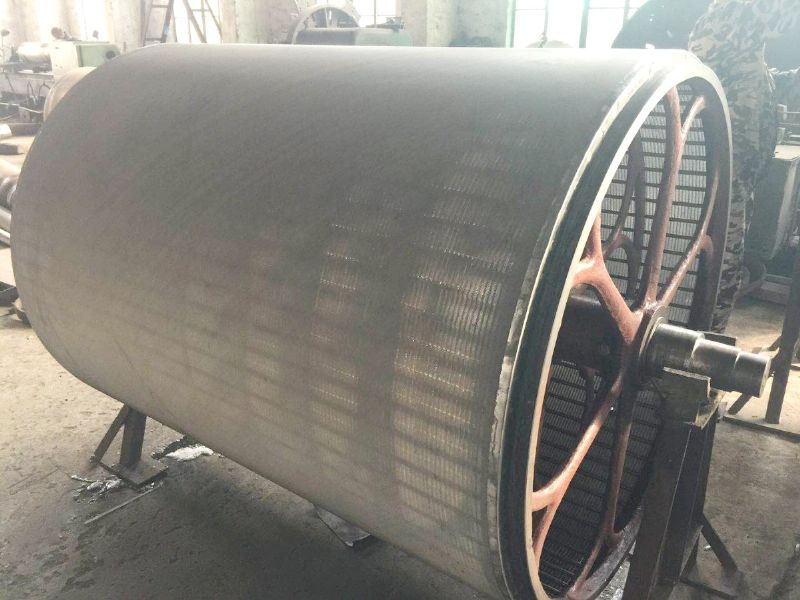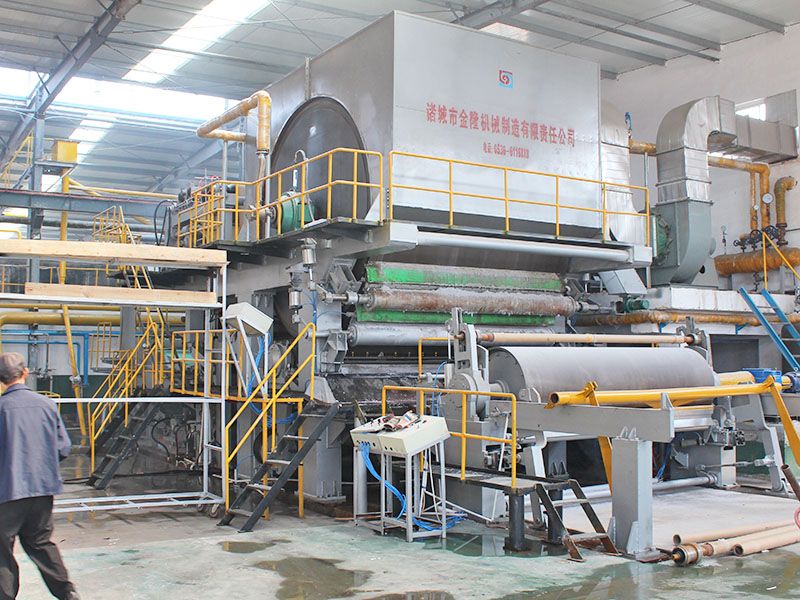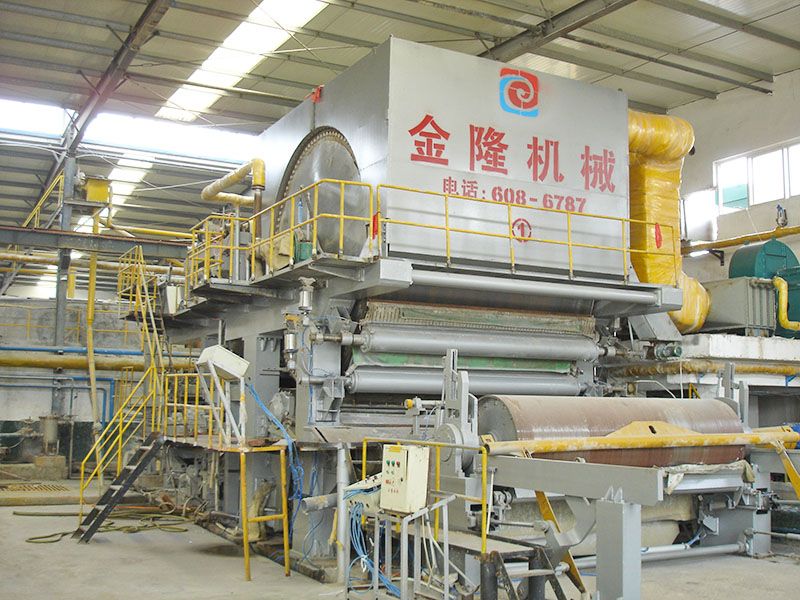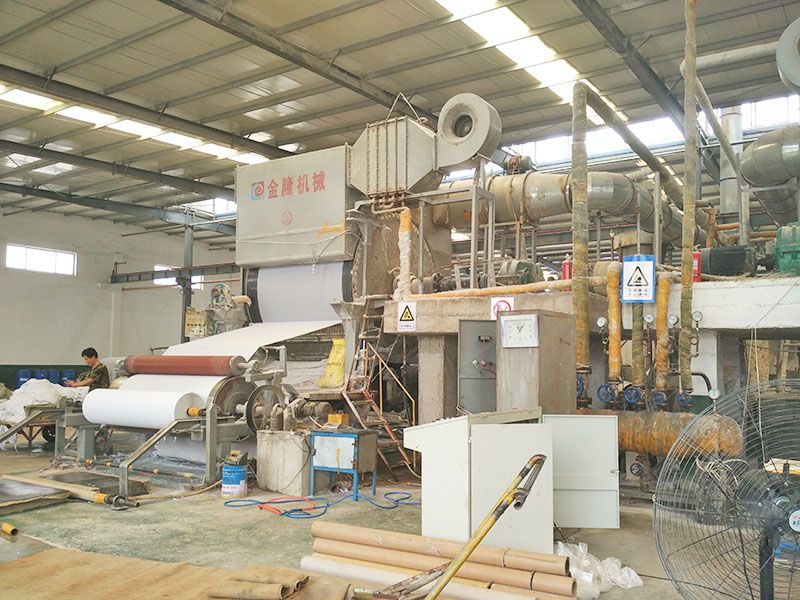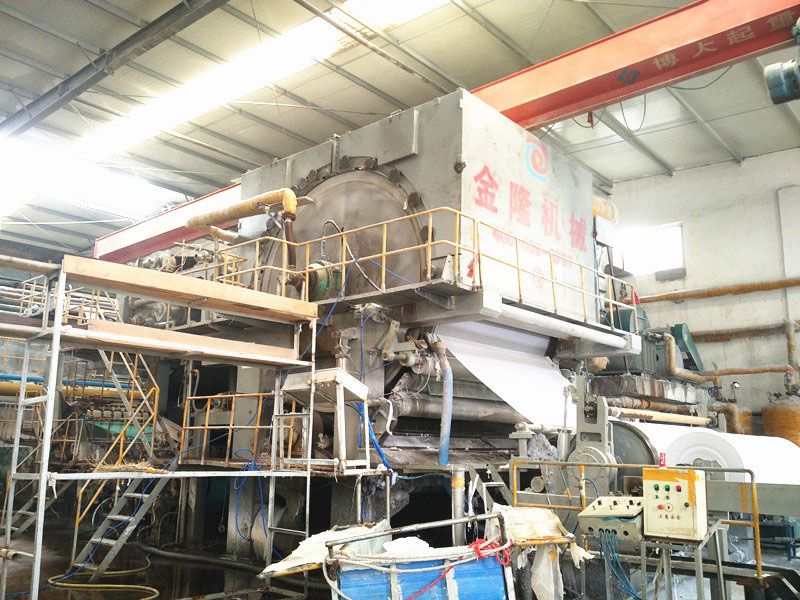ZQF series super efficiency shallow air floatation machine
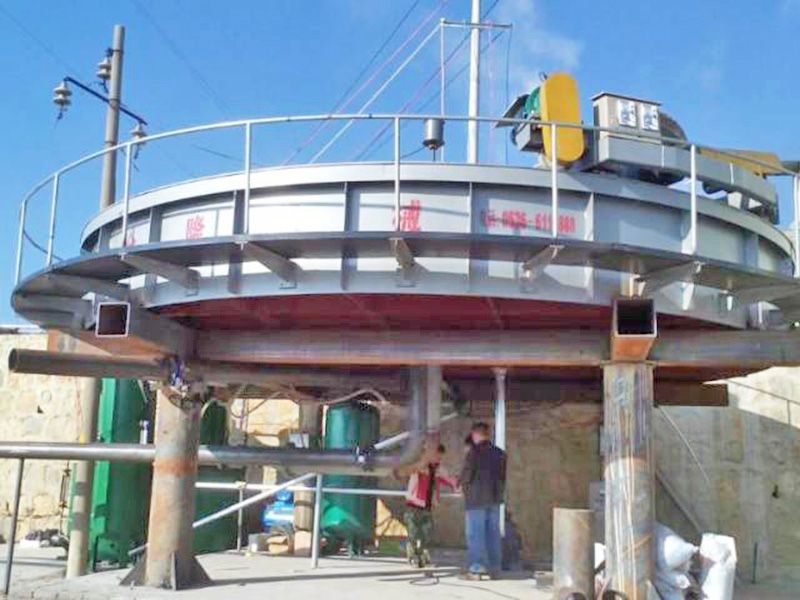
Shallow air flotation tank
Product overview:
Air floatation is a water purification method that produces a large number of micro-bubbles in the water through rapid decompression and release of dissolved air produced by the dissolved air system. A number of bubbles adhere to the surface of the flocculated impurity particles in the water to form a suspended substance with an overall density less than 1. The shallow air floatation pool, which is based on the traditional air floatation theory, has successfully applied the "shallow theory" and the "zero velocity" principle. It is a highly efficient equipment for water purification and treatment, which integrates coagulation, air floatation, slag spreading, precipitation and mud scraping through careful design.
Main features:
1. the equipment is light, compact, easy to transport and install, and saves electricity.
2. high automation, easy operation and simple management.
3. the residence time is short, only 3-5 minutes, and the efficiency is high.
4. the surface load is large, and the amount of purification treatment is large.
5. The use of "zero-speed", forced water distribution, inlet and outlet water are static, due to the minimum disturbance to the floc in the water, scum instantaneous removal, and therefore higher stability.
6. using the shallow theory, the effective pool depth is only 400 - 600mm, and the floor area is small.
7. Adopting high-efficiency recoil releaser to improve the utilization efficiency of dissolved air water and ensure the stability of air flotation equipment.
8. the processing effect is stable, and the electromechanical instrument has integrated control.
Scope of application:
This product is widely used in papermaking, textile, grain industry, edible oil, dairy products, wool processing, leather industry, soap industry, pharmaceutical wastewater, beverage industry, starch industry, carbon black industry, coking industry, fiber products industry, brewing industry, oil extraction industry, municipal sewage recycling and other industries.
1 working principle
Raw water enters the central tube 3 of the air flotation device 2 through the pump 1, and evenly enters the bottom of the air flotation tank through the rotary hydraulic joint 4 and the rotary distributor 5. The dissolved air water enters the rotary distributor 8 through the central tube 7, and enters the bottom of the air flotation tank synchronously with the raw water. 9 is also a rotatable hydraulic connector. The dissolved air water with micro-bubbles collides and adheres with the raw water sufficiently at the bottom of the air flotation device, so that the particles in the raw water with a specific gravity of less than 1 rise to the surface of the water and are removed. The distribution pipe 5 of raw water and the distribution pipe 8 of dissolved air water are fixed on the same rotating device 10. The rotating direction of the distribution pipe 5 and the distribution pipe 8 of dissolved air water is opposite to the direction of the water flowing into the bottom of the floating pool, but the velocity is equal. The key part of the device is to make use of the principle of "zero velocity" successfully so that the inlet water does not disturb the raw water and the solid-liquid separation is carried out in a static state.
The surface scum layer is collected by the spiral skimming device 11, and then discharged to the outside of the tank through the slag removal pipe 12. The clarified water is collected by the rotary collector 13 and discharged to the outside of the pool. The collector 13 is connected with the central rotating part 14, so that the residence time of the raw water in the air floatation pool is the rotating period of the central rotating part.
The scraper on the rotary running device scrapes the mud on the bottom of the tank and the mud on the wall to 6 of the hopper and releases regularly.
Another important improvement is a set of concentric conical plate devices 15 fixed at a certain distance between the rotating carriages 10, which rotate synchronously along the air floating pool with the water distribution part. Each adjacent two conical plates form an inclined circular air-floating region 16, where water is in laminar flow at all times, accelerating the rise of particle impurities with microbubbles.
The shallow air flotation unit also includes a pair of parallel dissolved gas pipes 20 (referred to as ADT'S), and the intake pump 17 has a low pressure of 202.6 kPa. First, the water inlet is arranged through the two valve ADT connected with the 18 S' ADT 'and the other end of ADT' '. Compressed air also passes through a three-way valve 19 and the pressure water enters the ADT'S at the same end. The pressure of compressed air is generally 707.8 kPa. All the three-way valves are connected by a regulator. Under normal operation, the inlet and outlet of one ADT are opened to release dissolved water, while the inlet and outlet of the other ADT are closed. Compressed air enters the ADT through a 20-40 microporous stainless steel plate, and the air is dissolved in the ADT by the pressure of the compressed air. Water, rather than water pressure. Water enters the ADT at high speed along the tangent direction. The flow rate can reach 10 m/s. The pressure water spirals forward in the ADT, reaching 995 r/min. The inlet can be adjusted to control the flow rate and flow rate.
2 Comparison between shallow air flotation and conventional flotation devices
(1) In traditional air flotation devices, the depth of the pool is generally 2.0-2.5 m, because the equipment is stationary and the water is moving. When water enters the contact zone from the reaction chamber, it will change the direction of flow and redistribute the velocity, that is to say, it will take a certain time and height to complete the change, and the height is not less than 1.5 m. Because of the application of the "zero velocity" principle, the shallow air flotation realizes that the equipment is moving and the water body is stationary, eliminating the influence of the disturbance of the water body on the separation of suspended particles from water and lowering the requirement of height; in addition, in the traditional air flotation device, it is inevitable that mud and sand or flocs will sink to the bottom of the pool to prevent them from being taken out of the bottom of the pool. In the shallow air flotation system, the suspension section is not necessary because the bottom of the pool is equipped with a scraper. Through the above analysis, the effective depth of shallow air flotation device is generally 400~500 mm.
(2) In the traditional air flotation device, the residence time of water is generally controlled at 10-20 minutes, while in the shallow air flotation device, the residence time is only 2-3 minutes.
(3) in the traditional air flotation device, the dissolved gas system is equipped with a dissolved gas tank, according to the actual situation of the air dissolved tank.





